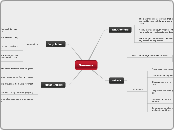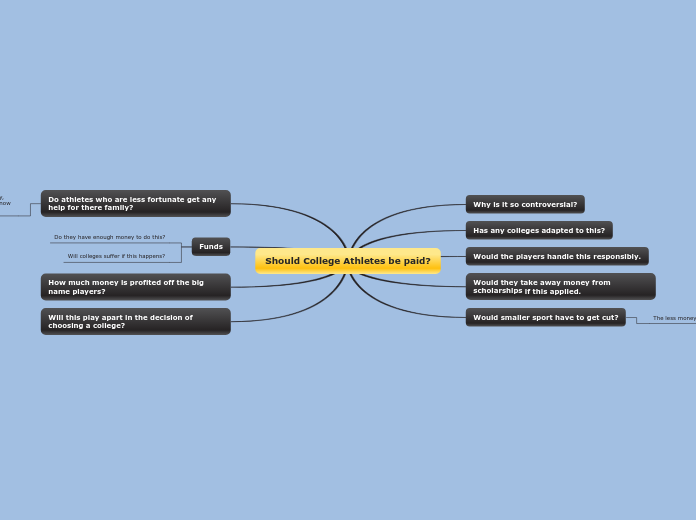av Vikki Everett 3 år siden
212
The Closure of Residential Schools.
The dismal legacy of residential schools in Canada is marked by the trauma and abuse experienced by Indigenous children. Numerous students protested their harsh treatment through acts of defiance, including theft, disruption, and even arson.









